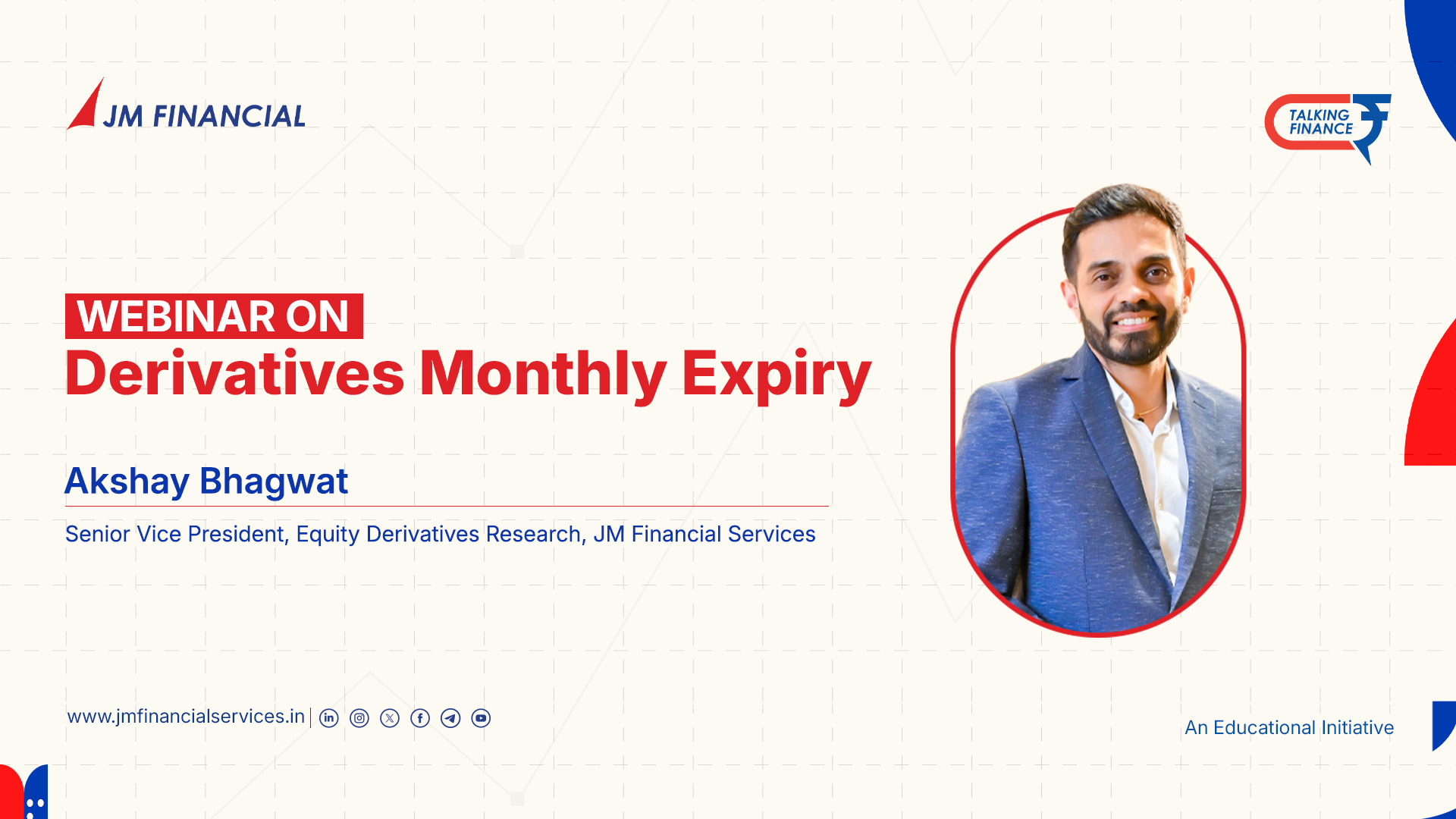PPF vs EPF vs NPS: Best Retirement Plans
Retirement might feel far away for most of us, especially when we’re busy chasing work goals, weekend getaways, and everything in between. But the truth is, time flies. And when it comes to financial planning, retirement is one of those things you don’t want to leave to chance.
Thankfully, in India, we have a few reliable government-backed savings schemes that make retirement planning less intimidating: PPF (Public Provident Fund), EPF (Employees' Provident Fund), and NPS (National Pension System).
These three may sound technical, but once you understand the basics, they’re not as complicated as they seem. Here’s a breakdown in simple terms to help you make informed decisions about your future nest egg.
🧮 What Is PPF (Public Provident Fund)?
PPF is one of the oldest and most trusted long-term savings schemes in India. It’s open to everyone—salaried individuals, self-employed professionals, and even homemakers.
- Tenure: 15 years (can be extended in blocks of 5 years)
- Interest Rate: Revised quarterly by the government (currently around 7.1% p.a.)
- Tax Benefits: Up to ₹1.5 lakh under Section 80C. The best part? The interest earned and maturity amount are completely tax-free.
- Risk Level: Virtually zero. It’s government-backed and rock solid.
Ideal for: Conservative investors looking for long-term, tax-free returns with minimal risk.
🧾 What Is EPF (Employees' Provident Fund)?
EPF is automatically linked to salaried individuals working in companies registered under the EPF Act. A portion of your basic salary (usually 12%) is deducted each month, and your employer contributes the same.
- Interest Rate: Currently around 8.25% p.a. (subject to yearly revision)
- Tax Benefits: Contributions are tax-deductible, and if you complete five years of continuous service, the maturity amount is tax-exempt.
- Liquidity: You can withdraw under specific conditions—such as home purchase, medical emergencies, or unemployment.
Ideal for: Salaried employees looking for a disciplined retirement fund with employer backing.
📉 What Is NPS (National Pension System)?
NPS is designed to offer a market-linked retirement corpus. Unlike PPF and EPF, it gives you the flexibility to invest in equities, government bonds, and corporate debt.
- Contribution: Open to all Indian citizens (including NRIs) aged 18–70.
- Returns: Not fixed—usually ranges from 8%–10% annually depending on asset allocation.
- Tax Benefits:
- ₹1.5 lakh under Section 80C.
- Additional ₹50,000 under Section 80CCD(1B)—over and above the 80C limit.
- Maturity: You can withdraw 60% of the corpus tax-free at retirement; 40% must be used to buy an annuity (which gives monthly pension).
Ideal for: Young professionals open to moderate risk for higher potential returns over the long term.
PPF vs EPF vs NPS: Quick Comparison
|
Feature |
PPF |
EPF |
NPS |
|
Who Can Invest? |
Anyone |
Salaried Employees |
Anyone (18–70 years) |
|
Returns |
Fixed (7.1% approx.) |
Fixed (8.25% approx.) |
Market-linked (8–10%) |
|
Lock-in Period |
15 years |
Till retirement |
Till age 60 |
|
Tax on Maturity |
Tax-Free |
Tax-Free (after 5 years) |
Partial tax benefit |
|
Risk Level |
Low |
Low |
Moderate (market-based) |
💼 So, Which One Should You Choose?
There’s no one-size-fits-all answer. If you're salaried, EPF is already part of your financial life. But pairing it with PPF for guaranteed returns or NPS for higher growth potential could be a smart way to diversify.
If you’re looking to plan your retirement holistically, it’s worth speaking to a professional.
Expert Tip: Let JM Financial Services Guide You
Retirement planning is deeply personal—and should align with your age, income, goals, and risk appetite. If you’re unsure how to balance EPF, PPF, and NPS in your portfolio, JM Financial’s wealth management team can help craft a strategy that fits your lifestyle.
Whether you're starting out or looking to optimise existing savings, their team brings experience, insights, and market expertise to the table—so you can retire peacefully, on your own terms.
📌 Final Thoughts
PPF, EPF, and NPS may not feel glamorous, but they offer something far more powerful—security and freedom in your retirement years. Starting early and staying consistent is the key. After all, the best time to plant a tree was 20 years ago. The second-best time? Today.
✅ FAQs:
Q1: What is the major difference between PPF, EPF, and NPS?
A: PPF is a voluntary long-term savings scheme open to all, EPF is compulsory for salaried employees in eligible organisations, and NPS is a market-linked pension plan that anyone aged 18–70 can invest in.
Q2: Which is better for tax saving—PPF, EPF, or NPS?
A: All three offer tax benefits, but NPS provides an additional ₹50,000 deduction under Section 80CCD(1B), on top of the ₹1.5 lakh under 80C.
Q3: Can I invest in all three—PPF, EPF, and NPS—at the same time?
A: Yes! Many people use a combination to diversify their retirement planning and maximise returns with safety and growth potential.
Q4: Is NPS safe since it’s market-linked?
A: NPS carries moderate risk, but over the long term, it tends to offer better returns than fixed-income instruments. You can choose between conservative and aggressive asset allocations.
Q5: Can JM Financial Services help me plan my retirement with these schemes?
A: Absolutely. JM Financial Services offers personalised wealth management services to help you choose the right mix of PPF, EPF, and NPS based on your risk profile and goals.
- PAN Card
- Cancelled Cheque
- Latest 6 month Bank Statement (Only for Derivatives Trading)





